Ajanta Caves a UNESCO World Heritage Site and place of pilgrimage for Chinese Buddhists and Buddhists from around the world
China and India have intrinsic and deep-rooted cultural and religious ties which span thousands of years. They enjoy a unique link which is unparalleled anywhere else in the world. Ajanta Caves is just one example of many Buddhist sacred sites in India and one which is revered by Chinese Buddhists as well as Buddhists around the world.
Buddhism was brought from India to China and had a profound influence on Chinese culture and the proliferation of Buddhism throughout Asia.
In turn, Chinese Buddhism had significant cultural, linguistic and social influences on Asian nations such as Japan, South Korea, Indonesia and Malaysia as well as on Indian Buddhism.
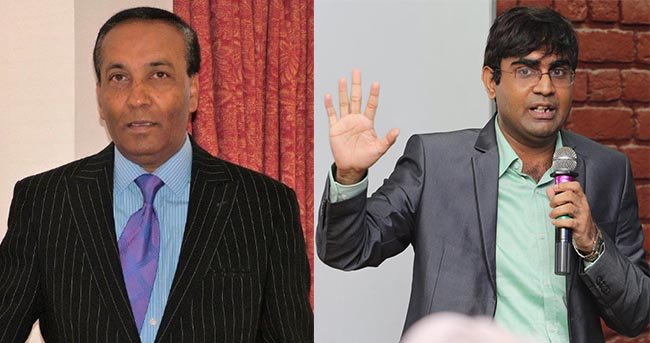
Co-Founders of Ajantahc, Vedan Choolun and Ashwin Srivastav reveal the vision for Ajantahc and for promoting the shared Indian cultural heritage in China and around Asia. Ajantahc according to Co- Founder Vedan Choolun is focused intensely on promoting the cultural richness and everlasting strength of Indian and Chinese cultural ties and bonds
Ajanta’s purpose as laid out by Mayfair, London based Co-Founder Vedan Choolun is a unique initiative using state of the art AI techniques to digitally preserve 2nd Century BC Ajanta Cave Paintings to benefit generations to come.
Leading the preservation and digitization efforts is Ashwin Srivastav Co-Founder based in Mumbai, India. The digitized form of these paintings in Ajanta Caves in Aurangabad District, Maharashtra India are designated a UNESCO World Heritage Site.
Ashwin Srivastav explains that the Ajanta Paintings will be restored and stored on an island in Svalbard, Norway together with other digital artifacts from the Vatican Library, political histories, masterpieces from times past.


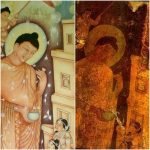


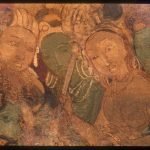

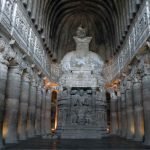




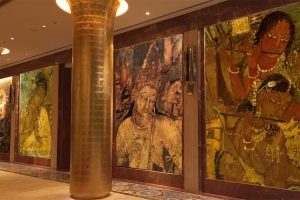



Add Comment